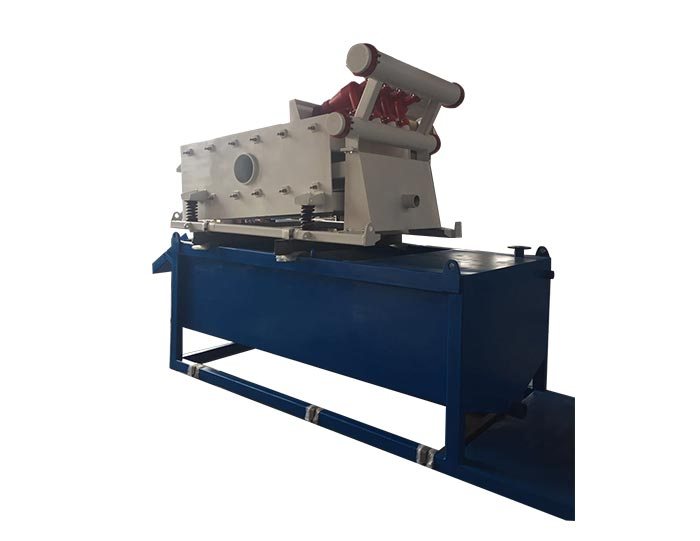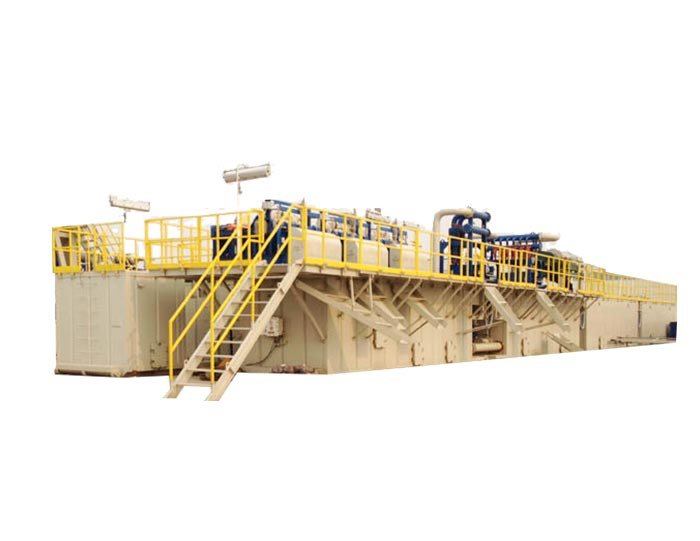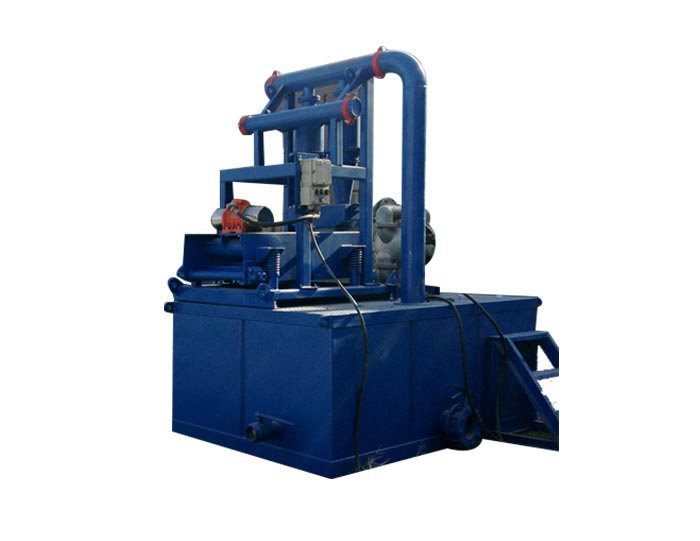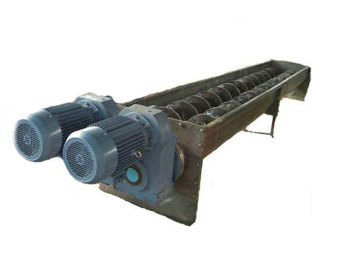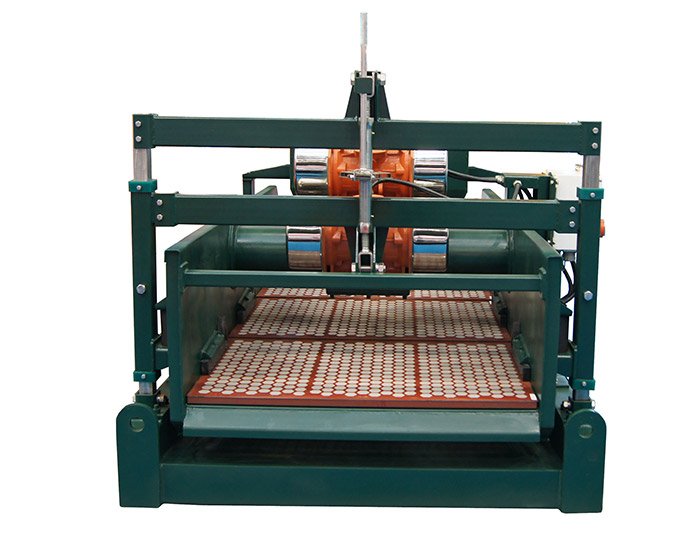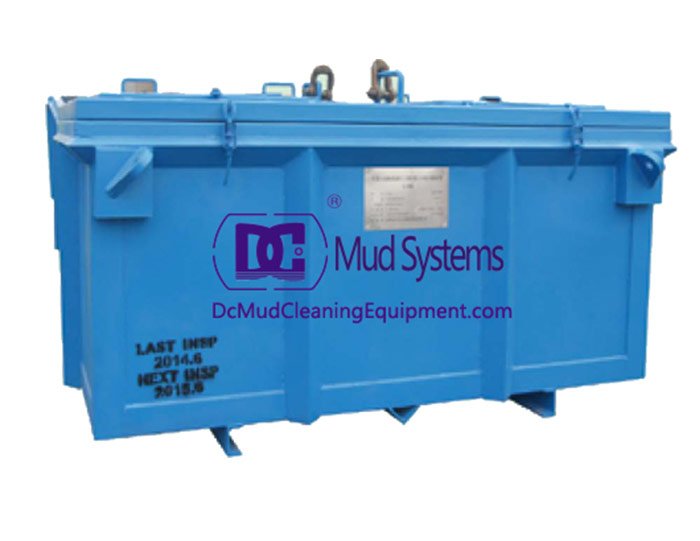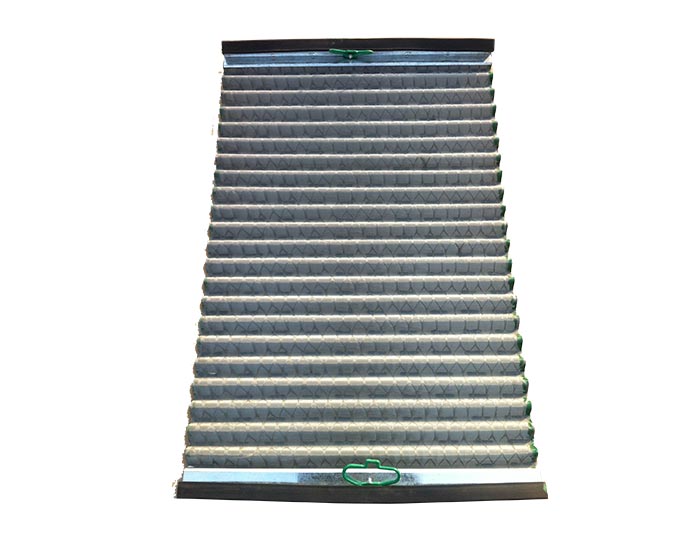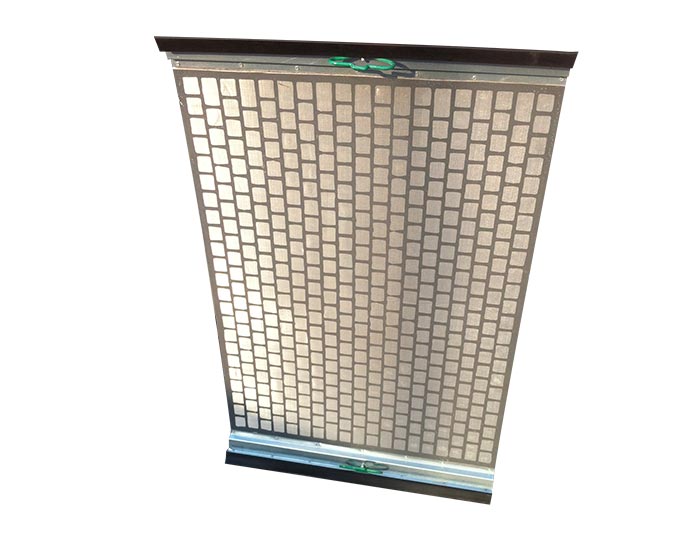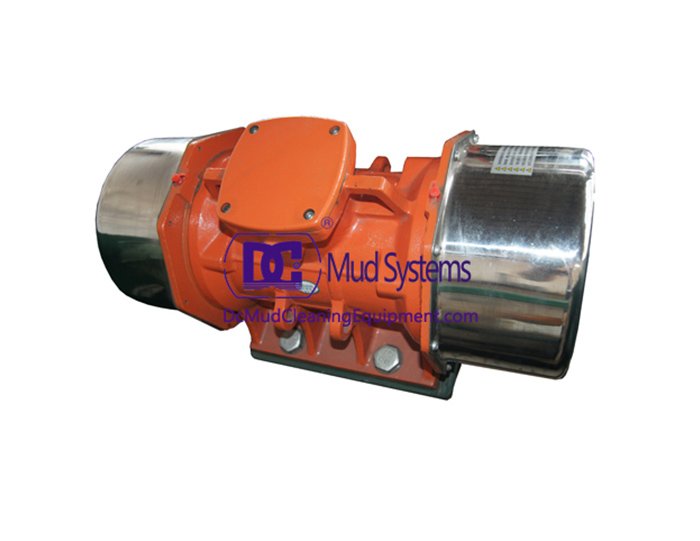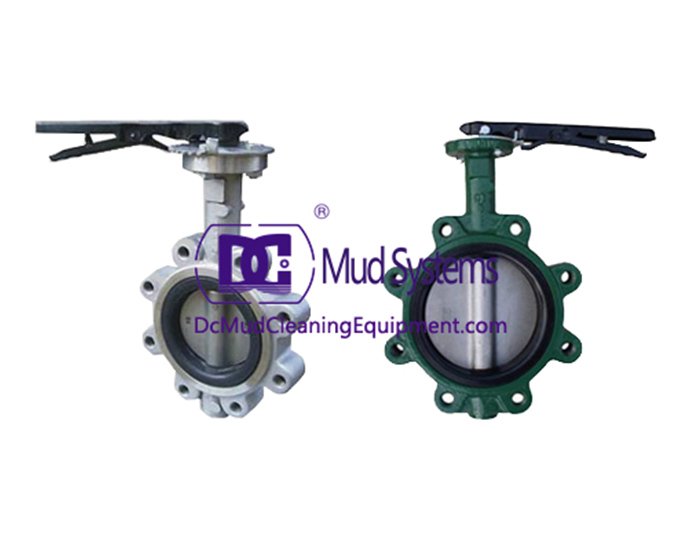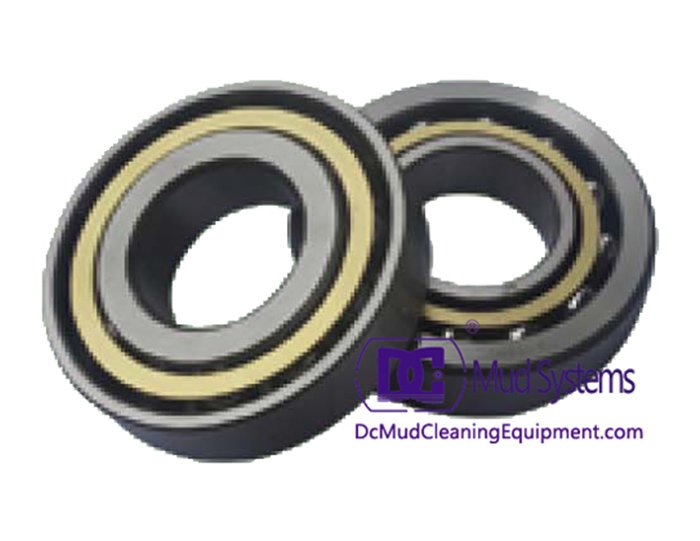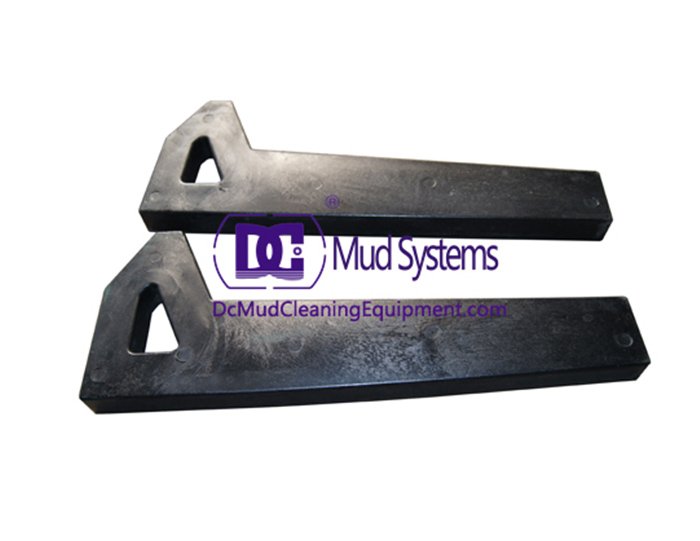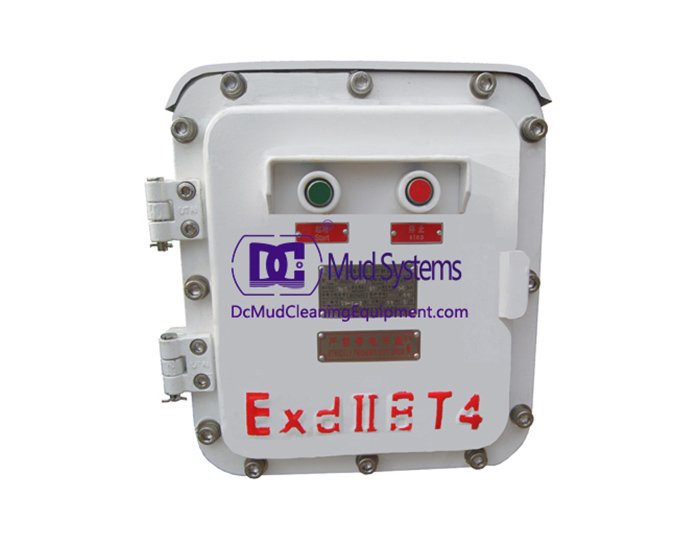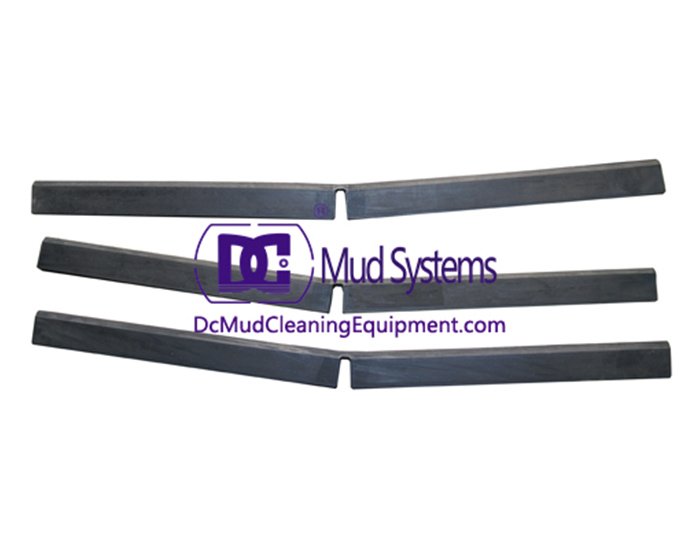Screw pump—including versatile single screw pump and high-performance eccentric screw pump—are critical components in industrial fluid transfer, especially in solids control systems where they feed slurry to decanter centrifuges (as noted for their role in such setups). Pump efficiency directly impacts energy costs, operational productivity, and equipment lifespan—making accurate efficiency calculations essential for optimizing performance. For wholesalers serving oilfield contractors, mining firms, or wastewater treatment facilities, understanding screw pump efficiency (and guiding clients on calculations) is key to delivering value beyond just equipment supply. Tangshan Dachuan Machinery Co., Ltd., a leader in petroleum drilling mud equipment (offering centrifugal pumps, shear pumps, and more alongside screw pump variants), integrates efficiency-focused design into their products. Their expertise helps clients select and operate single screw pump and eccentric screw pump for maximum efficiency, making them a trusted bulk partner for wholesalers.

Key Factors in Screw Pump Efficiency Calculations
• Volumetric Efficiency for Single Screw Pump: Volumetric efficiency (the ratio of actual flow rate to theoretical flow rate) is a core metric for single screw pump—it accounts for fluid leakage between the rotor and stator. Tangshan Dachuan’s single screw pump designs minimize leakage with precision-machined rotors (ensuring tight fits) and durable stator materials (resisting wear that widens gaps). To calculate it: (Actual Flow Rate ÷ Theoretical Flow Rate) × 100. For example, a single screw pump with a theoretical flow rate of 50 m³/h and actual flow rate of 45 m³/h has 90% volumetric efficiency. Wholesalers can explain this to clients: higher volumetric efficiency means less energy wasted on moving fluid that leaks back, reducing operational costs.
• Hydraulic Efficiency for Eccentric Screw Pump: Hydraulic efficiency (how well the pump converts mechanical energy to fluid energy) is critical for eccentric screw pump—used for high-viscosity slurries in solids control systems. It accounts for energy losses from fluid turbulence and friction. Tangshan Dachuan optimizes hydraulic efficiency by designing smooth flow paths in their eccentric screw pump, reducing turbulence. The calculation: (Hydraulic Power Output ÷ Hydraulic Power Input) × 100. For a pump moving 30 m³/h of slurry with 50 kPa pressure (output power) and 3 kW input power, hydraulic efficiency might be 85%. For wholesalers, emphasizing hydraulic efficiency helps clients cut energy use—especially for 24/7 operations where small efficiency gains translate to big cost savings.
Efficiency Calculation Differences Between Single and Eccentric Screw Pump
• Viscosity Impact on Eccentric Screw Pump: Eccentric screw pump handle high-viscosity fluids (e.g., drilling mud with high solids content) better than single screw pump, but viscosity drastically affects efficiency. Tangshan Dachuan’s data shows that as viscosity increases from 100 to 1,000 cP, eccentric screw pump efficiency drops by only 5–8% (vs. 15–20% for other pump types). When calculating efficiency for these pumps, viscosity must be factored into the theoretical flow rate (using manufacturer-provided correction charts). Wholesalers can guide clients to use Tangshan Dachuan’s viscosity-specific charts—ensuring accurate calculations that prevent over-sizing (and wasting energy) or under-sizing (causing pump strain).
• Solids Content in Single Screw Pump Calculations: Single screw pump are often used for low-to-medium solids slurries, and solids content impacts both volumetric and hydraulic efficiency. Tangshan Dachuan recommends adjusting efficiency calculations by 1–2% for every 10% increase in solids content (e.g., 50% solids content reduces efficiency by 5–10%). This adjustment accounts for increased friction between solids and pump components. For wholesalers serving mining clients (dealing with high-solids slurries), this nuance ensures clients don’t overestimate pump performance—avoiding unexpected downtime or energy bills.
Screw Pump Efficiency Calculation Metrics by Pump Type
Screw Pump Type | Primary Efficiency Metric | Key Influencing Factors | Calculation Formula | Tangshan Dachuan Advantage |
Single Screw Pump | Volumetric Efficiency | Rotor-stator fit; fluid viscosity (low-to-medium) | (Actual Flow ÷ Theoretical Flow) × 100 | Precision-machined rotors; wear-resistant stators |
Eccentric Screw Pump | Hydraulic Efficiency | Flow path design; fluid viscosity (high); solids content | (Hydraulic Output Power ÷ Input Power) × 100 | Smooth flow paths; corrosion-resistant materials |
Industrial Screw Pump (Mud Use) | Overall Efficiency | Volumetric + hydraulic efficiency; motor efficiency | (Useful Power Output ÷ Total Power Input) × 100 | Integrated motor-pump design; energy-efficient motors |
Practical Tips for Accurate Screw Pump Efficiency Calculations
• Using Manufacturer Data for Eccentric Screw Pump: Accurate calculations rely on reliable theoretical data—Tangshan Dachuan provides detailed specs for their eccentric screw pump (theoretical flow rates, power requirements at different viscosities) to avoid guesswork. For example, their eccentric screw pump model DC-ES20 has a theoretical flow rate of 40 m³/h at 1,500 RPM for 500 cP slurry—clients can use this to compare against actual flow rates. Wholesalers can supply these specs alongside pumps, making it easy for clients to calculate efficiency without third-party testing. This saves clients time and ensures calculations align with the pump’s design capabilities.
• Measuring Actual Flow Rate for Single Screw Pump: Actual flow rate is the most variable factor in calculations—Tangshan Dachuan recommends using calibrated flow meters (not estimates) for single screw pump. For mobile setups (e.g., oilfield drilling), they suggest temporary inline meters that attach to the pump’s discharge line. Wholesalers can offer these meters as add-ons, increasing revenue while helping clients get accurate data. For example, a client using a calibrated meter finds their single screw pump has 88% efficiency (vs. an estimated 95%), prompting them to replace a worn stator—saving energy costs long-term.
Screw Pump FAQS
How Often Should Screw Pump Efficiency Be Recalculated?
Tangshan Dachuan recommends recalculating screw pump efficiency every 3–6 months for continuous operations (e.g., oilfield mud transfer) and after major maintenance (e.g., stator replacement). For eccentric screw pump handling abrasive slurries, monthly checks may be needed—wear accelerates efficiency loss. Wholesalers can advise clients to schedule calculations alongside routine maintenance, ensuring efficiency stays optimized. This proactive approach helps clients catch efficiency drops early (e.g., from a worn rotor) before they lead to higher energy bills.
Does a Higher Horsepower Screw Pump Mean Better Efficiency?
No—higher horsepower doesn’t equal better efficiency. A properly sized single screw pump (e.g., 5 HP for 30 m³/h flow) will be more efficient than an oversized 10 HP pump moving the same flow. Tangshan Dachuan’s sizing tools help clients match screw pump horsepower to their needs, avoiding energy waste. For example, an oversized eccentric screw pump may have 70% efficiency, while a correctly sized one has 85%. Wholesalers can use this to guide clients: right-sizing (not over-sizing) is key to maximizing efficiency and cutting costs.
Can Fluid Temperature Affect Screw Pump Efficiency Calculations?
Yes—temperature changes alter fluid viscosity (e.g., cold drilling mud thickens, increasing viscosity), which impacts both volumetric and hydraulic efficiency. Tangshan Dachuan provides temperature correction charts for their screw pump—for example, a single screw pump with 90% efficiency at 25°C may drop to 85% at 10°C (higher viscosity). Wholesalers can share these charts, ensuring clients adjust calculations for seasonal or process-related temperature shifts. This prevents incorrect efficiency assessments (e.g., blaming the pump for low efficiency when temperature is the cause).
What’s the Impact of Poor Efficiency on Screw Pump Lifespan?
Poor efficiency (below 75% for most screw pump) increases stress on components—e.g., a eccentric screw pump with low hydraulic efficiency may overheat, wearing the stator faster. Tangshan Dachuan’s data shows that pumps operating at 85%+ efficiency last 2–3 times longer than those at 70% or below. Wholesalers can frame efficiency as a longevity factor: accurate calculations and efficiency improvements (e.g., replacing worn parts) extend pump life, reducing client replacement costs. This positions wholesalers as strategic partners, not just equipment suppliers.
Where Can Wholesalers Source Efficient Screw Pump and Calculation Support?
Tangshan Dachuan Machinery Co., Ltd. offers high-efficiency screw pump (including single screw pump and eccentric screw pump) alongside detailed calculation support—spec sheets, viscosity correction charts, and on-site guidance. Their pumps are engineered for optimal volumetric and hydraulic efficiency, with durable parts that maintain performance over time. Wholesalers can access bulk pricing, genuine replacement parts (e.g., stators, rotors), and after-sales support to help clients maximize efficiency.
 Linear Motion Shale Shaker In Drilling Rig
Linear Motion Shale Shaker In Drilling Rig 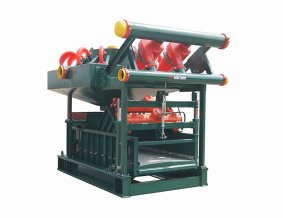 Oilfield Mud Cleaner
Oilfield Mud Cleaner 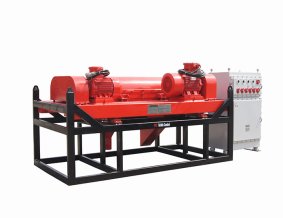 Drilling Fluid Decanter Centrifuge
Drilling Fluid Decanter Centrifuge Drilling Mud Desander
Hydrocyclone Desilter
Centrifugal Pump/Centrifugal Mud Pump
Shear Pump
Jet Mud Mixer
Horizontal Mud Agitator
Constant Pressure Drilling Fluid Mud Gas Separator
Mud Gun
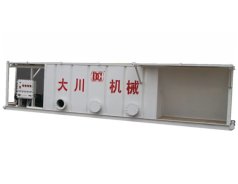 Mud Tank
Mud Tank Solids Control System Vacuum Degasser
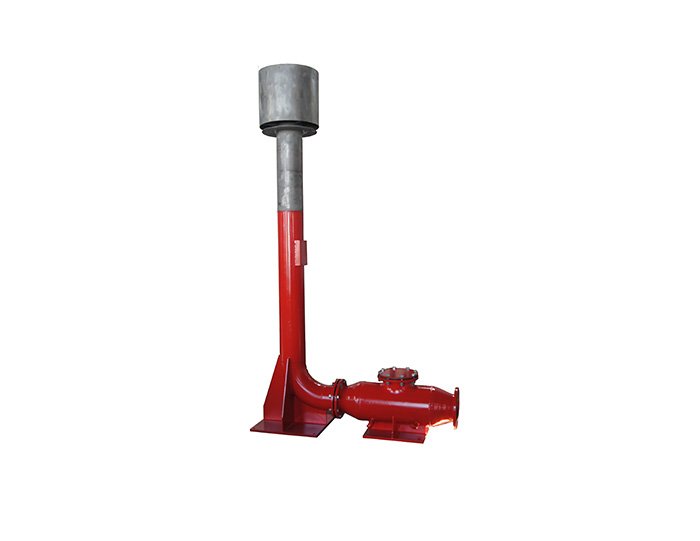 Flare Ignition Device
Flare Ignition Device 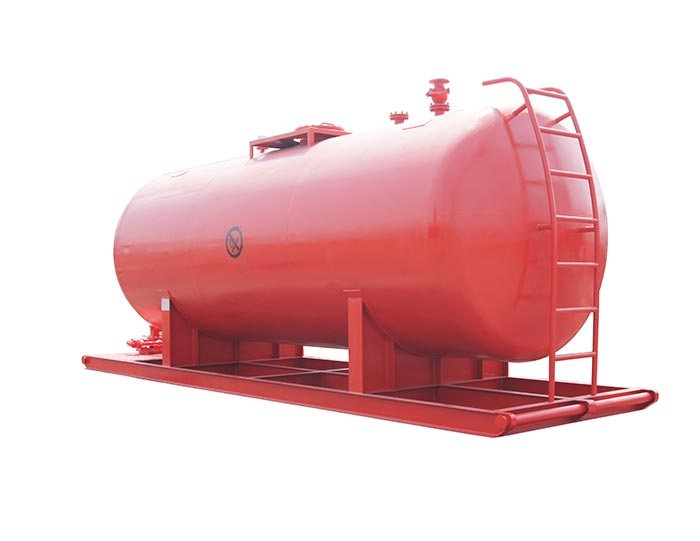 Diesel Tank
Diesel Tank 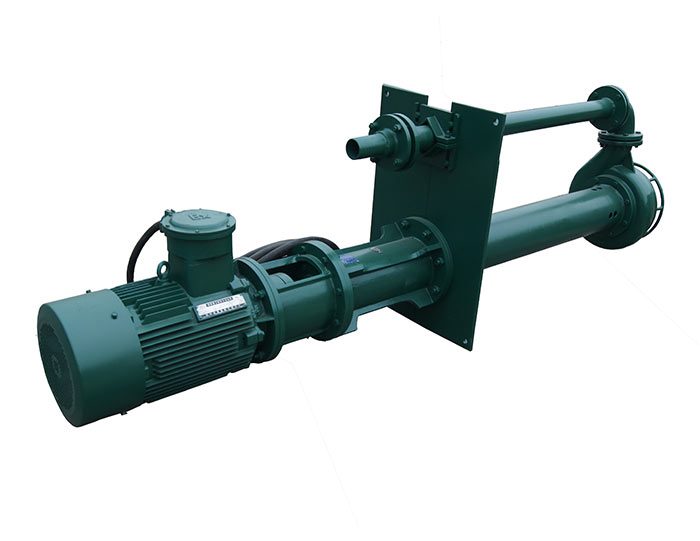 Submersible Slurry Pump
Submersible Slurry Pump 



